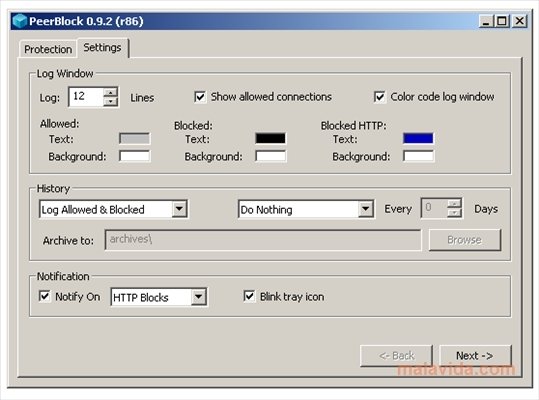
Make sure you are about to install from the Docker repo instead of the default Debian repo: Next, update the package database with the Docker packages from the newly added repo:

To do that, we’ll add a new package source, add the GPG key from Docker to ensure the downloads are valid, and then install the package.įirst, update your existing list of packages: To ensure we get the latest version, we’ll install Docker from the official Docker repository. The Docker installation package available in the official Debian repository may not be the latest version. An account on Docker Hub if you wish to create your own images and push them to Docker Hub, as shown in Steps 7 and 8.One Debian 10 server set up by following the Debian 10 initial server setup guide, including a sudo non-root user and a firewall.To follow this tutorial, you will need the following: You’ll install Docker itself, work with containers and images, and push an image to a Docker Repository. In this tutorial, you’ll install and use Docker Community Edition (CE) on Debian 10. They’re similar to virtual machines, but containers are more portable, more resource-friendly, and more dependent on the host operating system.įor a detailed introduction to the different components of a Docker container, check out The Docker Ecosystem: An Introduction to Common Components. Containers let you run your applications in resource-isolated processes. It does not store any personal data.Docker is an application that simplifies the process of managing application processes in containers.

The cookie is set by the GDPR Cookie Consent plugin and is used to store whether or not user has consented to the use of cookies. The cookie is used to store the user consent for the cookies in the category "Performance". This cookie is set by GDPR Cookie Consent plugin. The cookie is used to store the user consent for the cookies in the category "Other.

The cookies is used to store the user consent for the cookies in the category "Necessary". The cookie is set by GDPR cookie consent to record the user consent for the cookies in the category "Functional". The cookie is used to store the user consent for the cookies in the category "Analytics". These cookies ensure basic functionalities and security features of the website, anonymously. Necessary cookies are absolutely essential for the website to function properly.


 0 kommentar(er)
0 kommentar(er)
